As the holiday season approaches, many parents will be eyeing up hoverboards as this year’s must-have gift. But, buyer be warned, while hoverboards are an affordable and fun toy that brings joy to many kids, it also sends a fair few to the hospital emergency room, not to mention the numerous fires caused by faulty hoverboard chargers. Let’s look at some of the drawbacks to hoverboards.
1 – They’re harder to learn than Segways
While they may use similar technology, there are some pretty striking differences between hoverboards and Segways. First, hoverboards are far harder to learn how to ride compared to Segways. Anyone who has attempted to ride a hoverboard for the first time will agree; you’ll probably fall off, and often this means falling backwards.
Segways use handlebars that allow you to grasp something and control and turn. It’s also far easier to lean forwards and backwards on a larger machine as Segways are far less responsive. The same movement on a hoverboard will likely end in you laying on the pavement.
Other electric vehicles are also considerably easier to learn how to ride compared to hoverboards. A hoverboard’s low center of gravity and sensitive controls take a fair amount of time and practice to master. When learning a hoverboard, always start out using a helmet and protective equipment and practice on flat and even surfaces before attempting any road or footpath riding.
2 – Once they’re out of charge, you’re carrying them
Hoverboards are a great piece of kit with plenty of street appeal. They allow riders to cruise at speeds sometimes over 10 miles per hour. Sadly, hoverboards use rechargeable batteries and have a limited range. Unlike other electric vehicles (e-bikes, scooters), once the batteries run out, hoverboards are inoperable and need to be carried.
This is because hoverboards rely on electric sensors and a motor to power and control the device. Once they’re out of battery, they’re a heavy 2 wheeled skateboard that can’t be used.
3 – You can take a spill from them
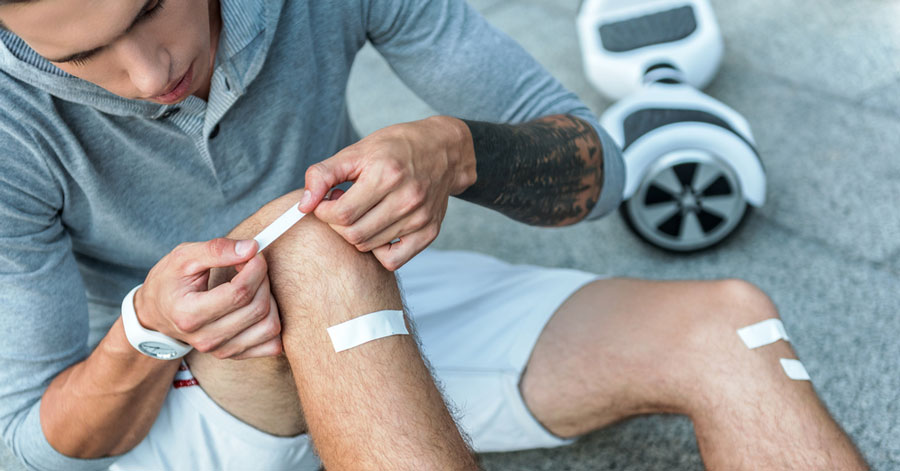
Hoverboards are notorious for accidents. So much so, that frustrated emergency room doctors and nurses petitioned policymakers to introduce strict safety measures while riding them, with some petitioning to have them banned altogether.
Common accidents from hoverboards
By far the most common accident on hoverboards is the wrist, arm, and/or hand injuries. Most people fall backwards and extend their arms to cushion the blow, but sadly most end up with fractures or broken wrists or arms. Wrist injuries account for 40% of all hoverboard injuries.
Another more disturbing injury caused by hoverboard accidents is head injury. Virtually all head injuries require immediate hospitalisation and most are serious. While children are the most at risk of general injury due to higher exposure to hoverboards, adults are far more likely to experience a head injury.
Wear protective gear
Whether you’re looking to get a hoverboard for a child or for someone still young at heart, it’s important to always use protective safety equipment. A helmet is a must, as is considering using wrist, elbow and knee guards.
Hoverboards don’t like cracks in pavement
Most smaller hoverboard models, particularly ones suited for children, use small 6-inch wheels that struggle with even small cracks in the pavement and roads found in urban environments. Hoverboards with 6-inch or 8.5-inch wheels are only intended for use on smooth even surfaces, and many accidents occur when these models encounter cracks in surfaces.
4 – They’re still not technically legal in the UK
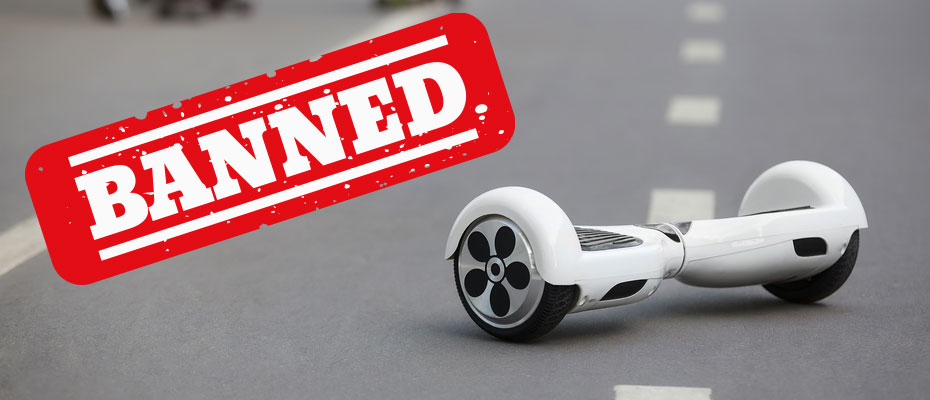
The ongoing pressure on policymakers to ban or limit the spaces legally allowed to use hoverboards has taken the most effective in the UK. While hoverboards are legal to own in the UK, it is illegal to operate them on any public road, public park, or public footway.
In the UK, you are only legally permitted to use hoverboards on private property.
The laws are rarely enforced
While this may seem utterly ridiculous to some, there are plenty of people who still use their hoverboards as a means of commuting using public roads, cycle paths and footpaths. This is due to the fact that while it is indeed illegal to ride hoverboards in public places, the laws are rarely enforced.
5 – They don’t always work (how to test)
Nothing is more of a festive season buzz killer than a gift or toy that doesn’t work. Sadly, for many parents, this can be exactly what is encountered, especially when ordering hoverboards online from poor quality manufacturers.
Disappointed kids
Some poorly built hoverboards are made using cheap components and are not always tested for functionality (or safety measures) before they leave the factory floor. Many have reported new hoverboards not working properly, either due to not charging, or poorly calibrated sensors that make the hoverboard unrideable.
As a worst-case scenario, there are numerous reports of faulty hoverboard chargers catching fire.
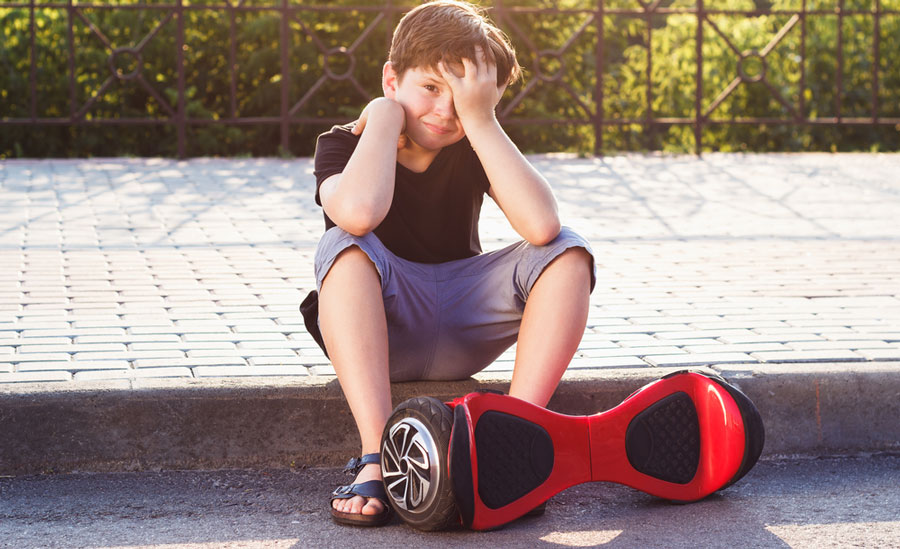
Amazon bans hoverboard sales
Amazon is the world’s largest online marketplace so it’s no surprise that there are plenty of negative reviews left by customers frustrated with faulty hoverboard products.
These complaints have been met by Amazon.co.uk and Amazon.com removing a vast majority of hoverboard products from sale on their websites in the UK and the US respectively.
Try before you buy or gift (how to test)
Hoverboards are becoming harder to purchase online, and the most common way to buy a hoverboard is to buy one from a physical store. While this is less convenient, it does allow prospective purchases to be road-tested and checked over.
Parents considering buying a hoverboard as a gift should do their research carefully, read reviews, buy only from a respected and tested brand, and if possible road test a hoverboard before gifting it to a loved one.
6 – The max distance and time per charge is often misleading
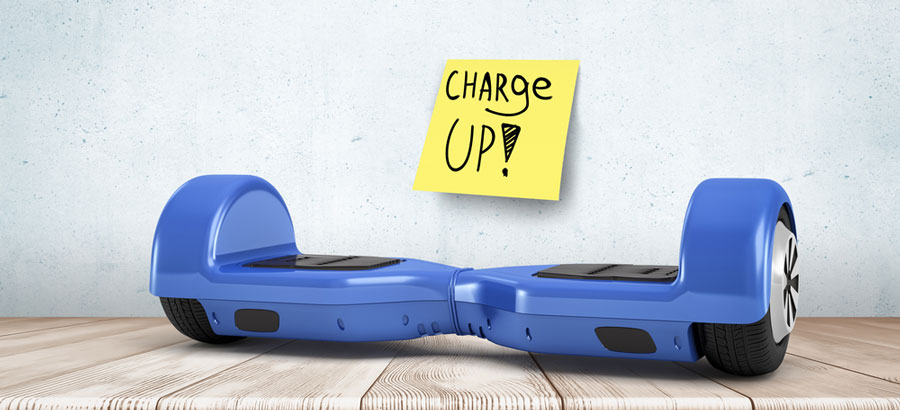
Hoverboards use rechargeable batteries to power the motor and drive gear hidden within the frame. Some less reputable manufacturers will boast exaggerated range and charging time figures in hopes to lure unsuspecting customers.
Rider weight affect the maximum range
The heavier a rider, the more the motors will need to use additional power to propel a hoverboard. If your hoverboard claims it has a 10-mile range for a 60 kg rider, it’s likely to be considerably less if the rider’s weight is more. In colder climates, your batteries will drain considerably faster than in warmer climates too.
Rough terrain and hills drain the battery much faster
Most hoverboard manufacturers claim they are intended for optimum performance on smooth even ground. Small hills or coarse terrain dramatically affects performance and can lead to a hoverboard battery draining much faster.
7 – They have a much smaller range than other EVs
Hoverboard manufacturers offer different specifications when it comes to range, and most average around 5-10 miles. Manufacturers will give a maximum range based on optimum conditions including rider weight, temperature, and terrain conditions. However, most hoverboards simply can’t compete with other electric vehicles such as e-bikes, e-scooters, or even Onewheels which now boast a range of around 30 miles.
Conclusion
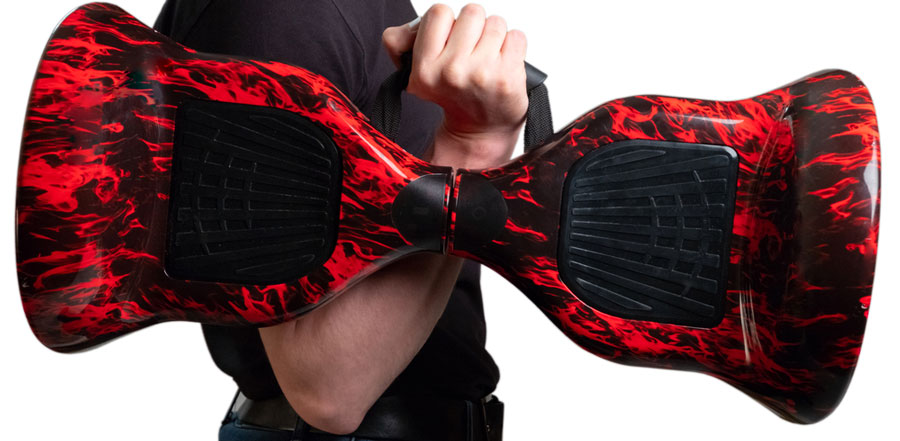
While there are plenty of drawbacks associated with hoverboards, they are not all doom and gloom. They’re fun and can be an excellent gift that’s not too expensive. With the right protective gear and some careful practice, they can be a convenient and fun way to get around. Not to mention the huge amount of street cred they offer!
The more experience a rider has with their hoverboard, the easier it becomes to ride and the more fun it is. Many enjoy hoverboards and find them an excellent means of transport, even if it’s just a short trip to check the mailbox in the UK.